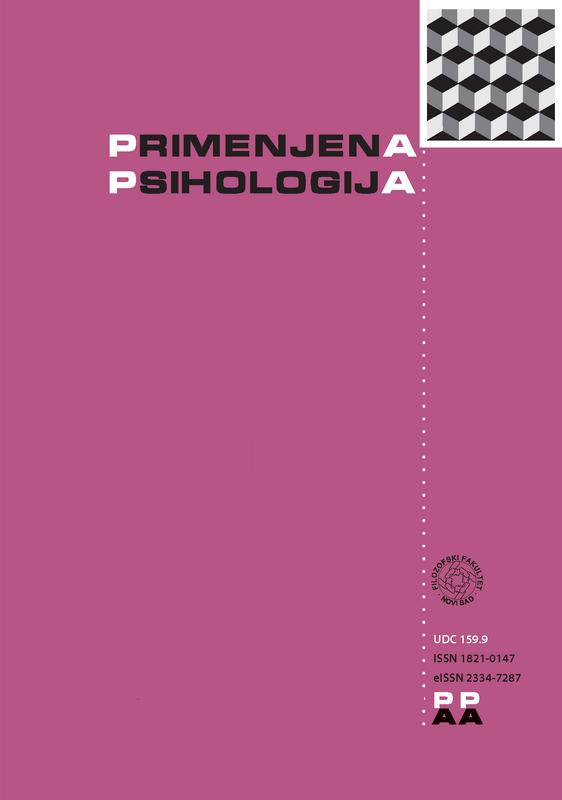Characteristics of peer conflicts in adolescence
DOI:
https://doi.org/10.19090/pp.2010.3.223-237Keywords:
peer conflicts, adolescence, conflict resolution strategiesAbstract
The aim of the conducted research was to identify crucial characteristics of conflicts and conflict behavior among adolescent peer groups. The sample of the research includes 655 respondents with average age of 12 years. Battery of the measuring instruments used in research regard behaviour in conflict situations (the most frequent topics of conflicts; frequency of conflict situations; conflict intensity; conflict resolution strategies). The results showed that the most frequent topics of conflicts among peers are lie, gossip, conflicts of opinions and competition (superiority proving), Peer conflicts in early adolescence are not very frequent and they have moderate intensity. Preferred strategies for conflicts resolution on the tested sample are mainly constructive (assertive and problem solving); then passive strategies (distraction and avoiding) and adult-seeking strategies, while the least preferred strategies are conflicts solving strategies which involves some kind of aggressive behaviour.Metrics
Metrics Loading ...







